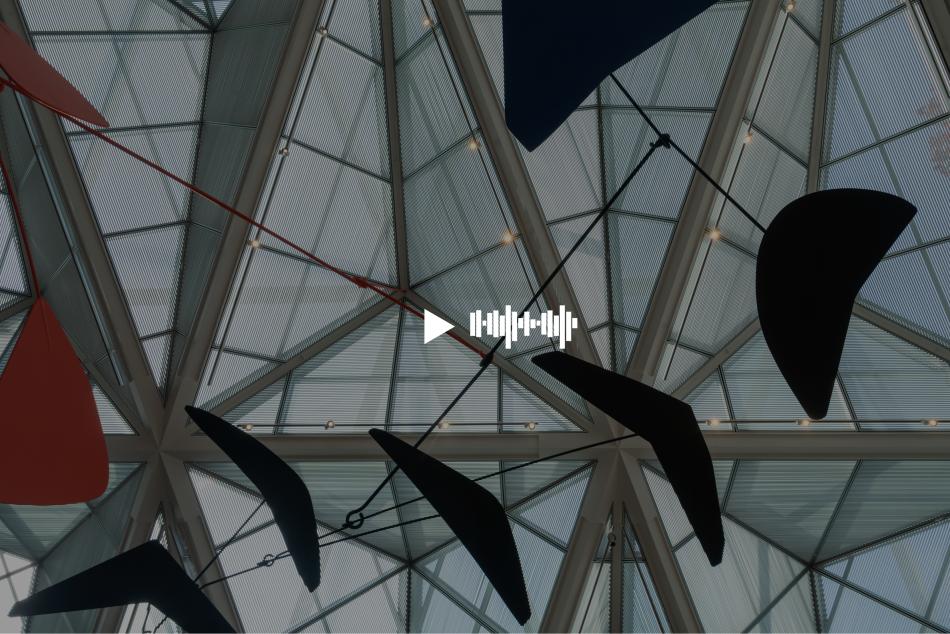NARRATOR:
In a tender, peaceful scene painted around 1510 by Raphael, we see major figures in Christianity, with Mary sitting with her baby, Jesus, in her lap. Nearby is Jesus’ cousin St John the Baptist, identified by his animal skin clothing.
GRETCHEN HIRSCHAUER:
They have this very serious, intent look on their faces - they seem to know what will happen in the future. The Christ child accepts the reed cross that's offered to him by St. John the Baptist, which is an indication that he accepts his future crucifixion on the cross.
I'm Gretchen Hirschauer. I am a curator in the Department of Italian and Spanish Paintings.
NARRATOR:
The painting’s circular format was inspired by the decorative round gift trays presented to wealthy Florentine women after giving birth. Within this format, Raphael skillfully leads our eye around the scene.
GRETCHEN HIRSCHAUER:
The painting is all about angles. Let’s say you start down at her sandal and then your eye goes up to her elbow on the trunk of the tree. And then your eye is taken to her head, and then down again, she's gazing directly at John the Baptist, who is gazing directly at the Christ child. He has found a way to connect these figures, not only physically but emotionally. They are all connected to one another within this very particular format.
To me, one of the more interesting points is that she's seen as the Madonna of Humility, and that people don’t realize that there are certain types of Madonnas; they're not all the same… She's not here the queen of heaven, but she's a humble woman sitting on the ground.



